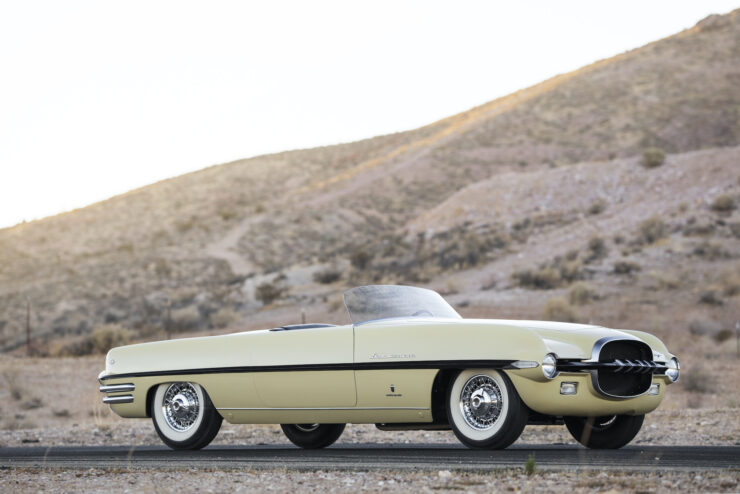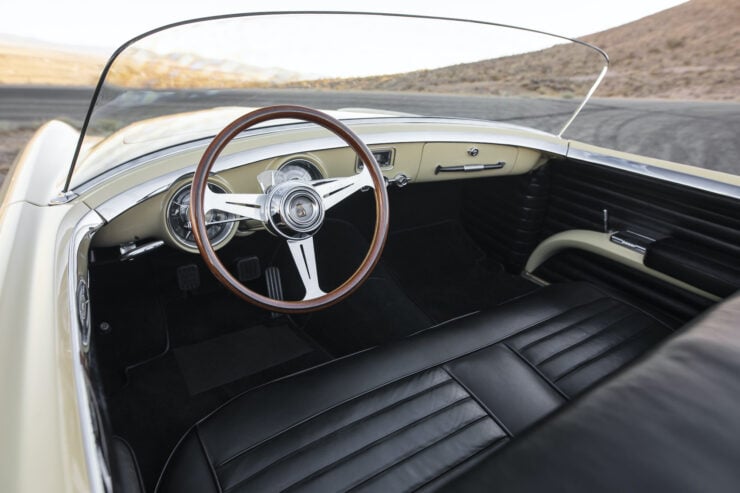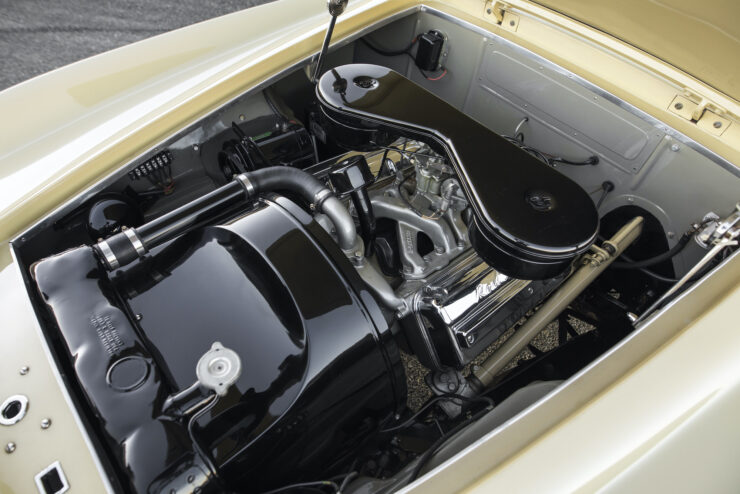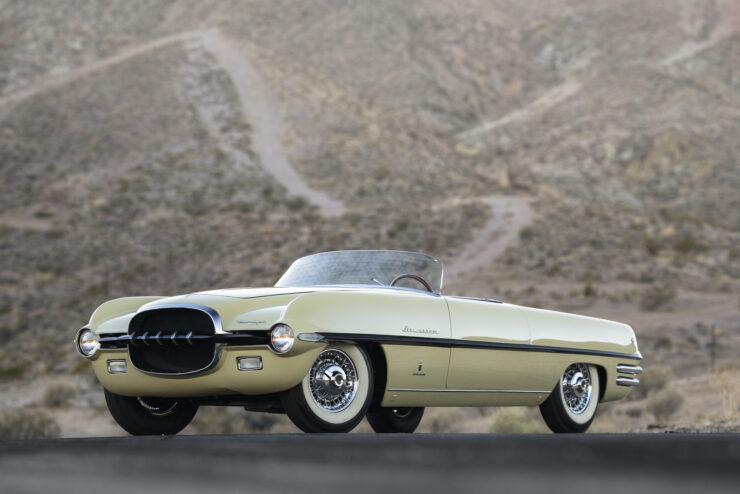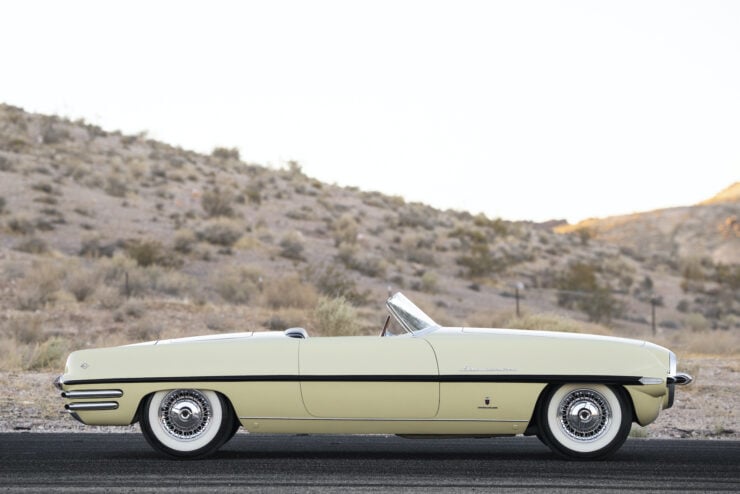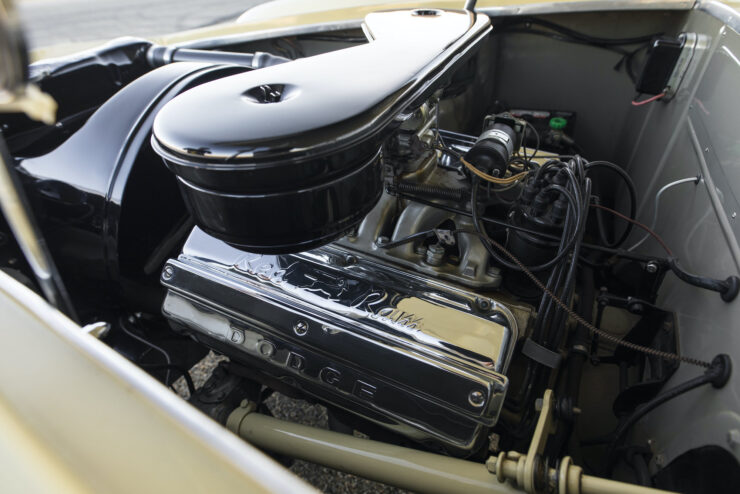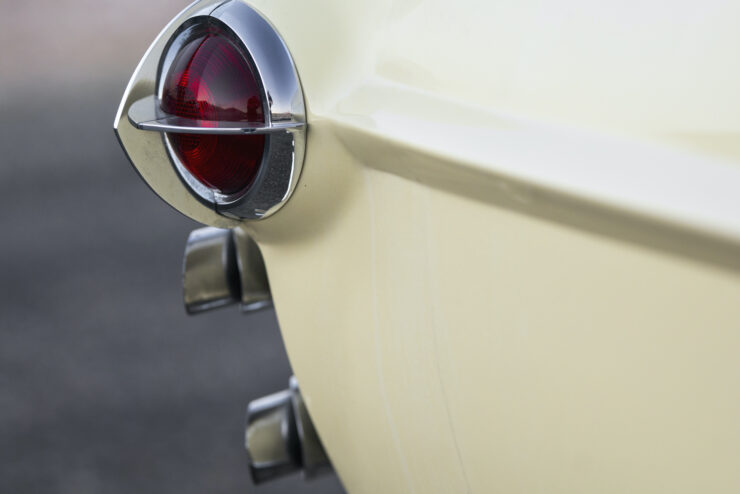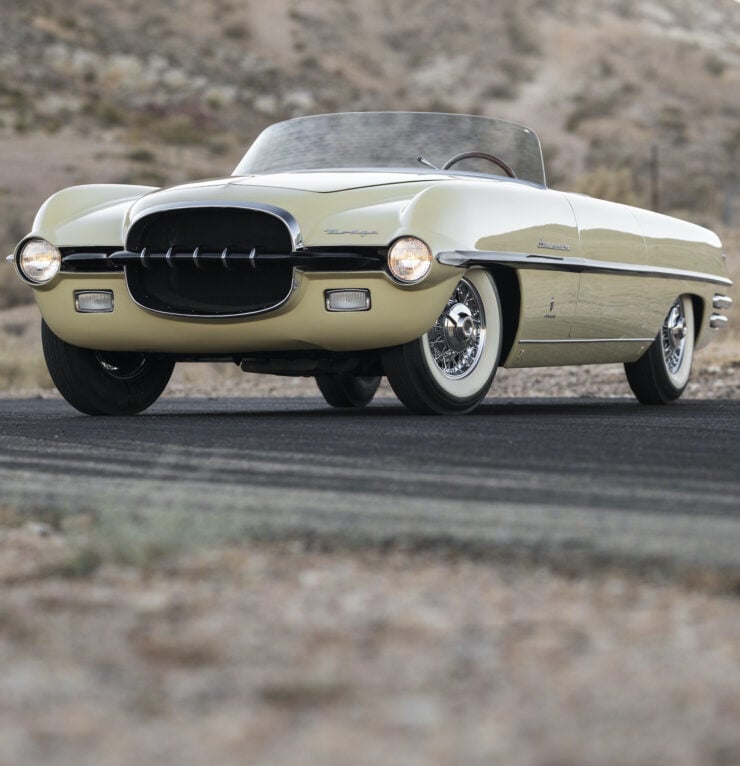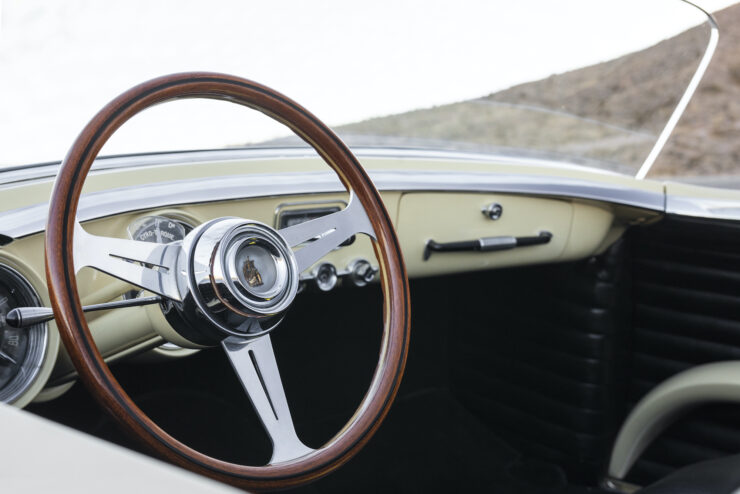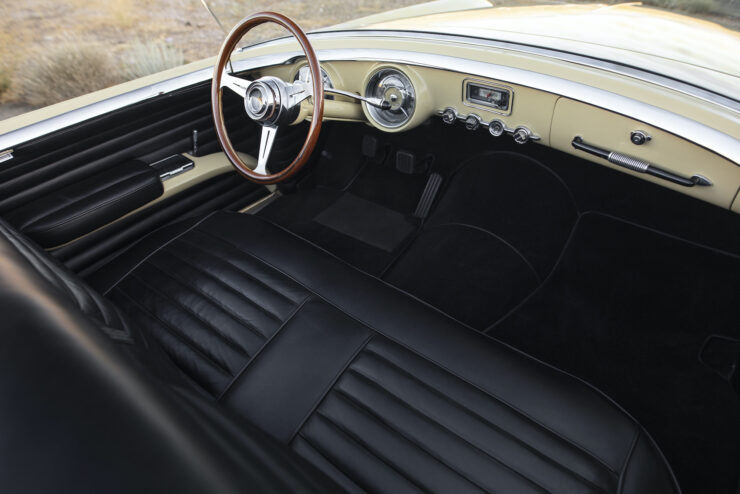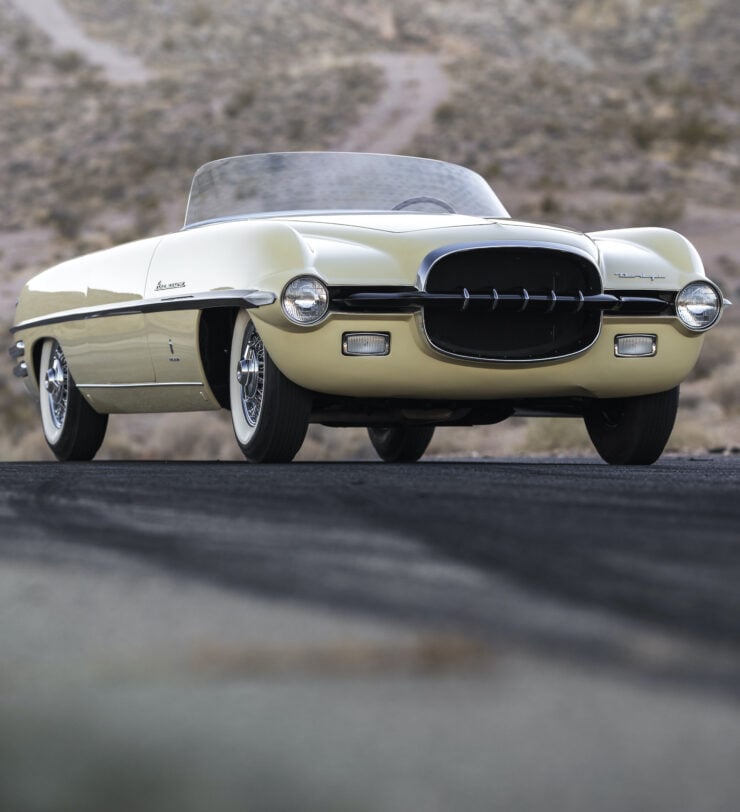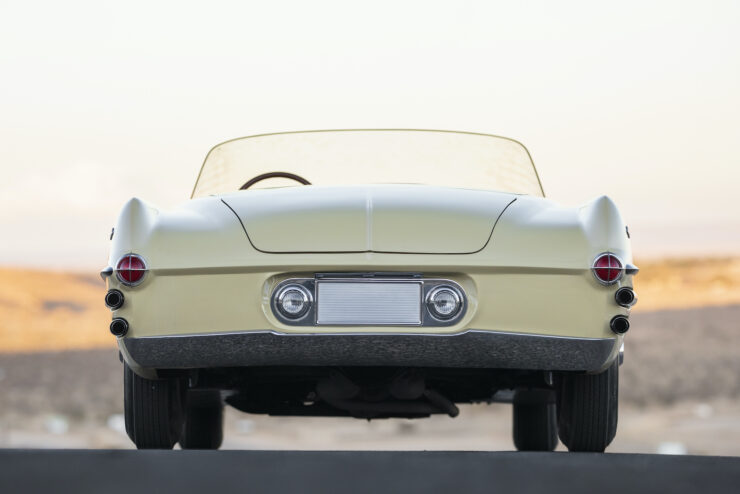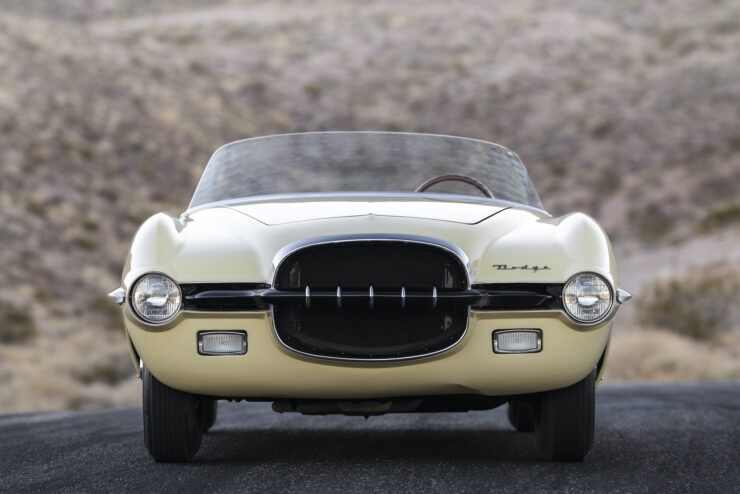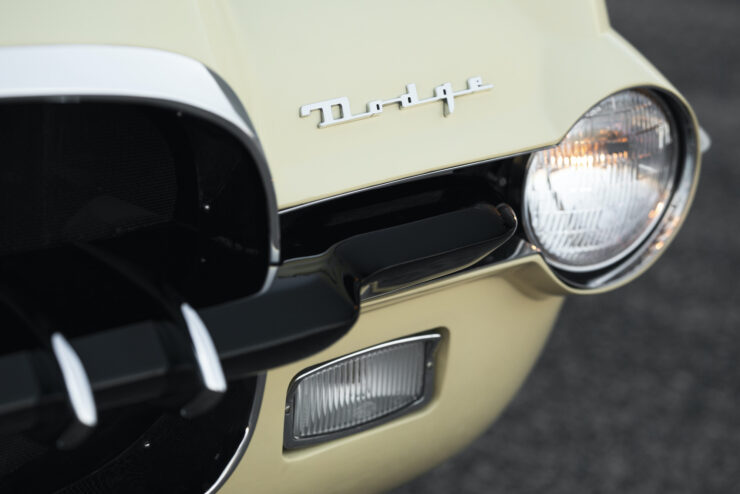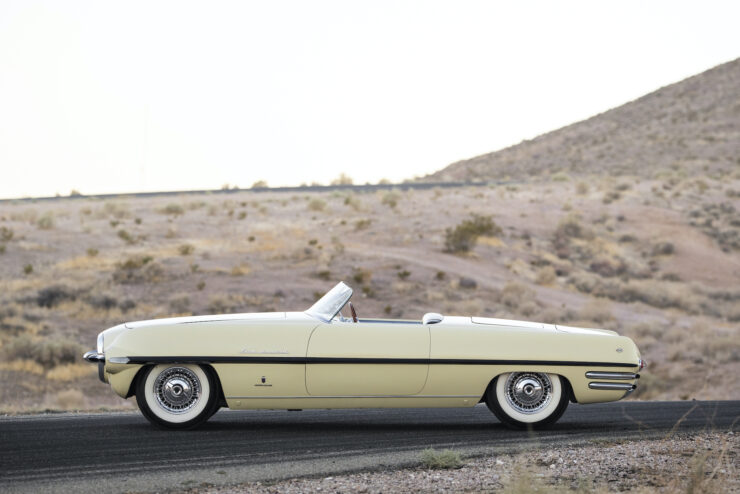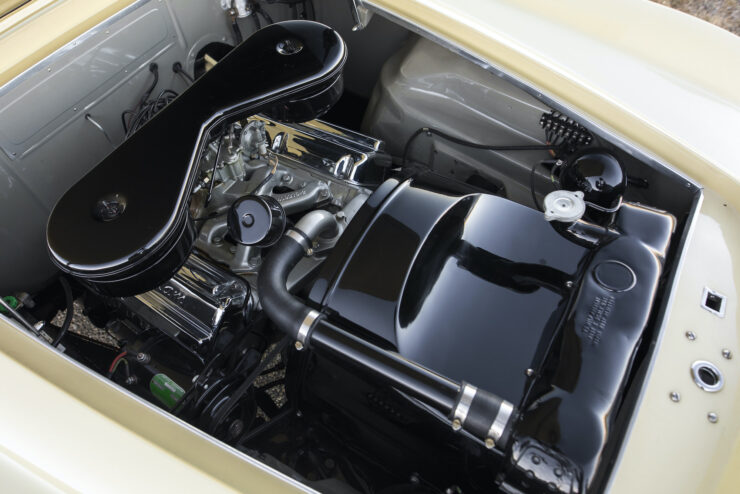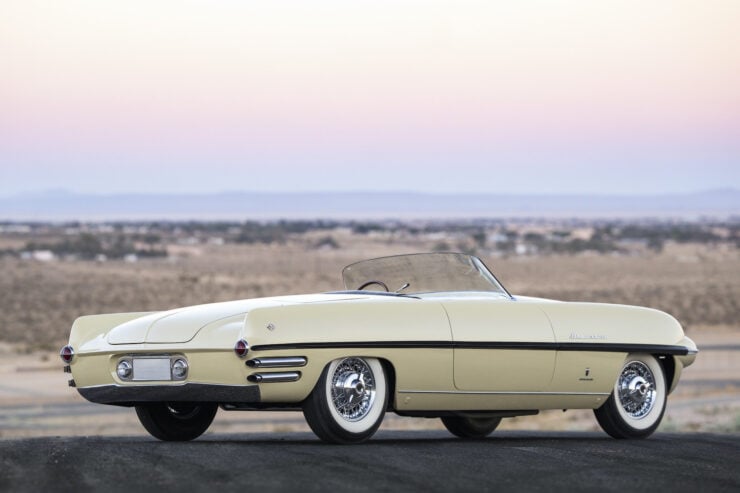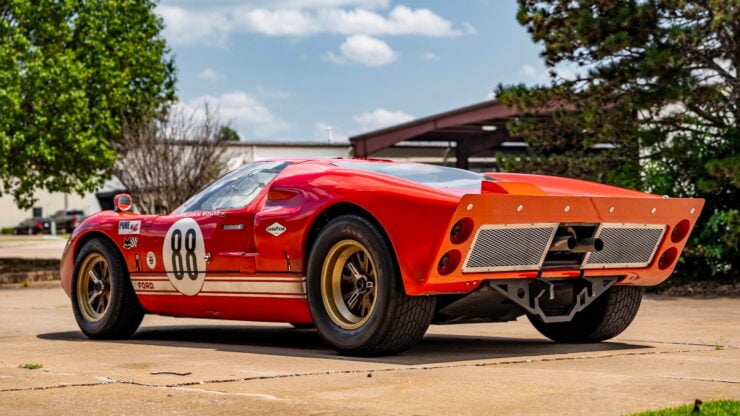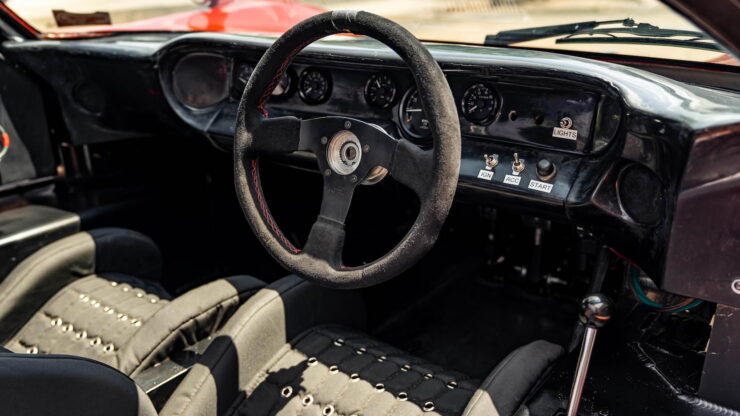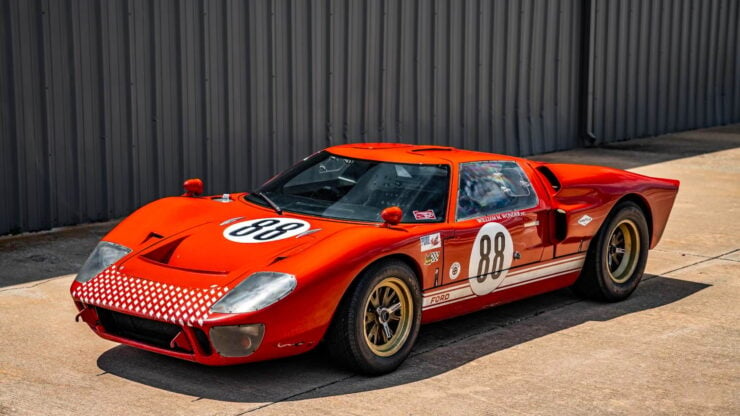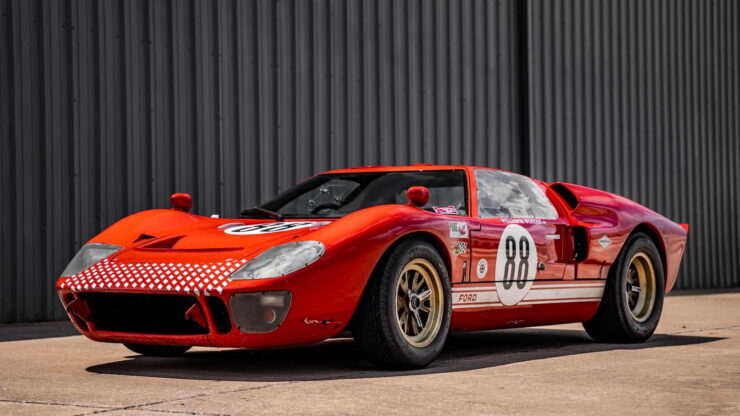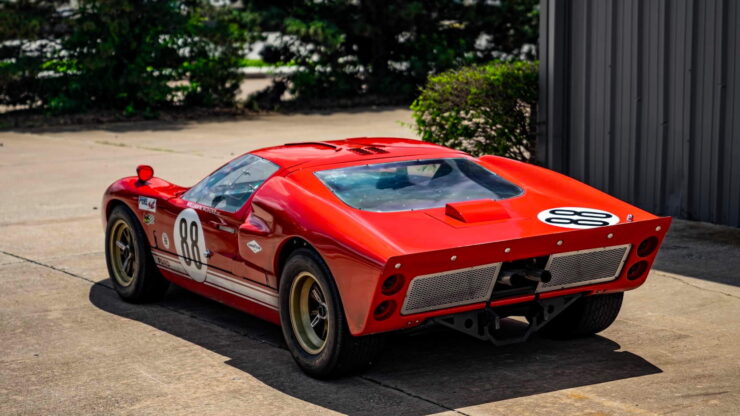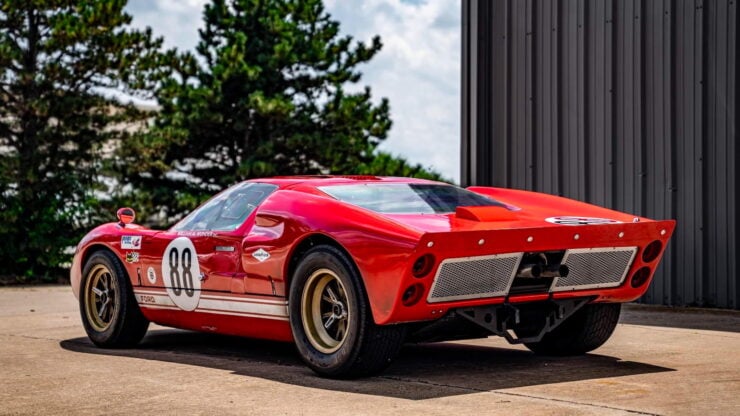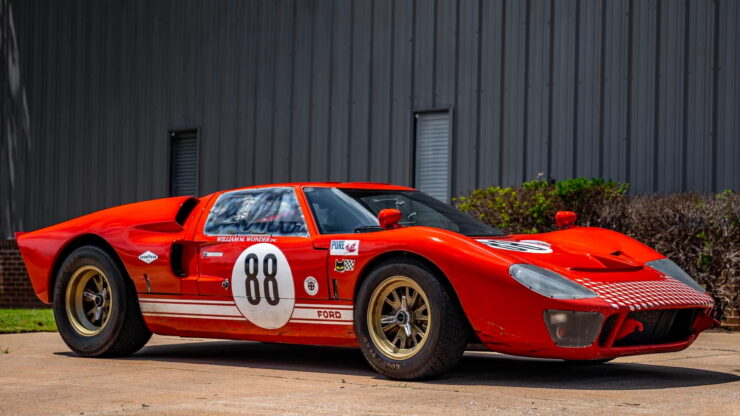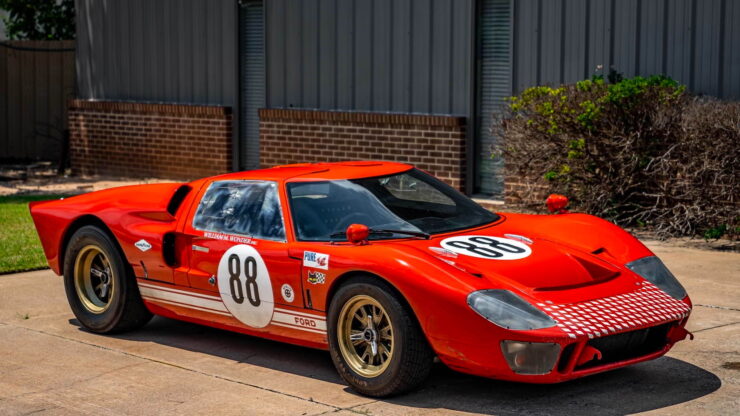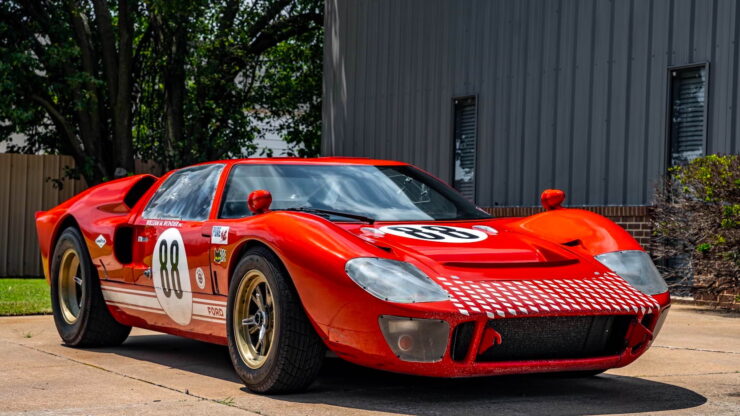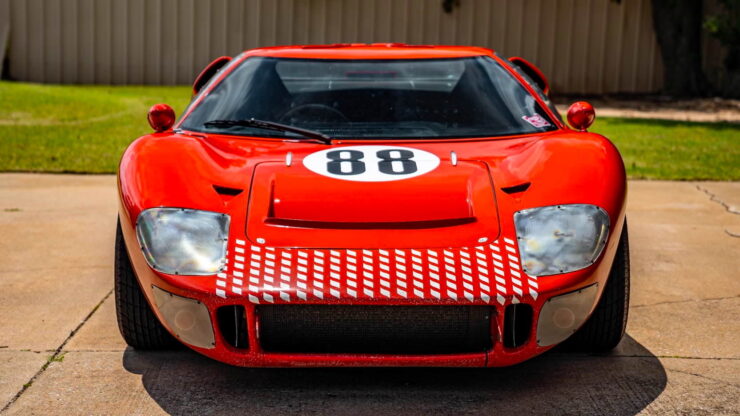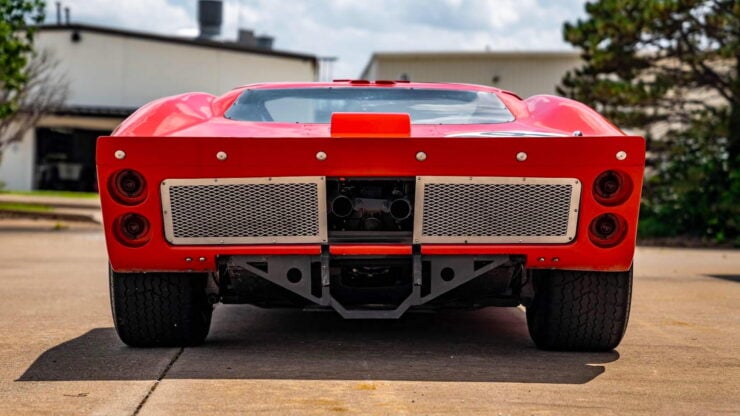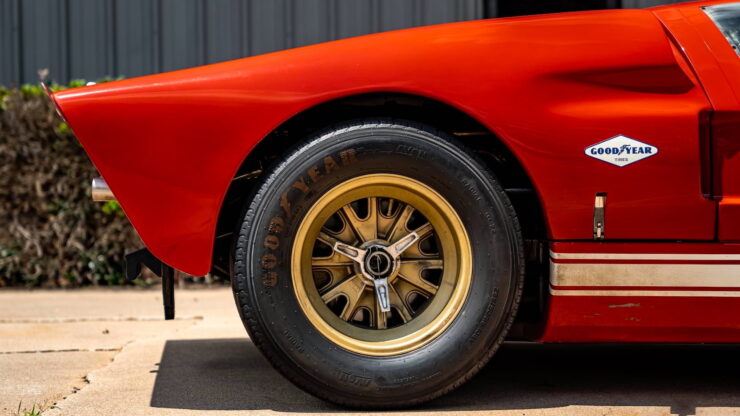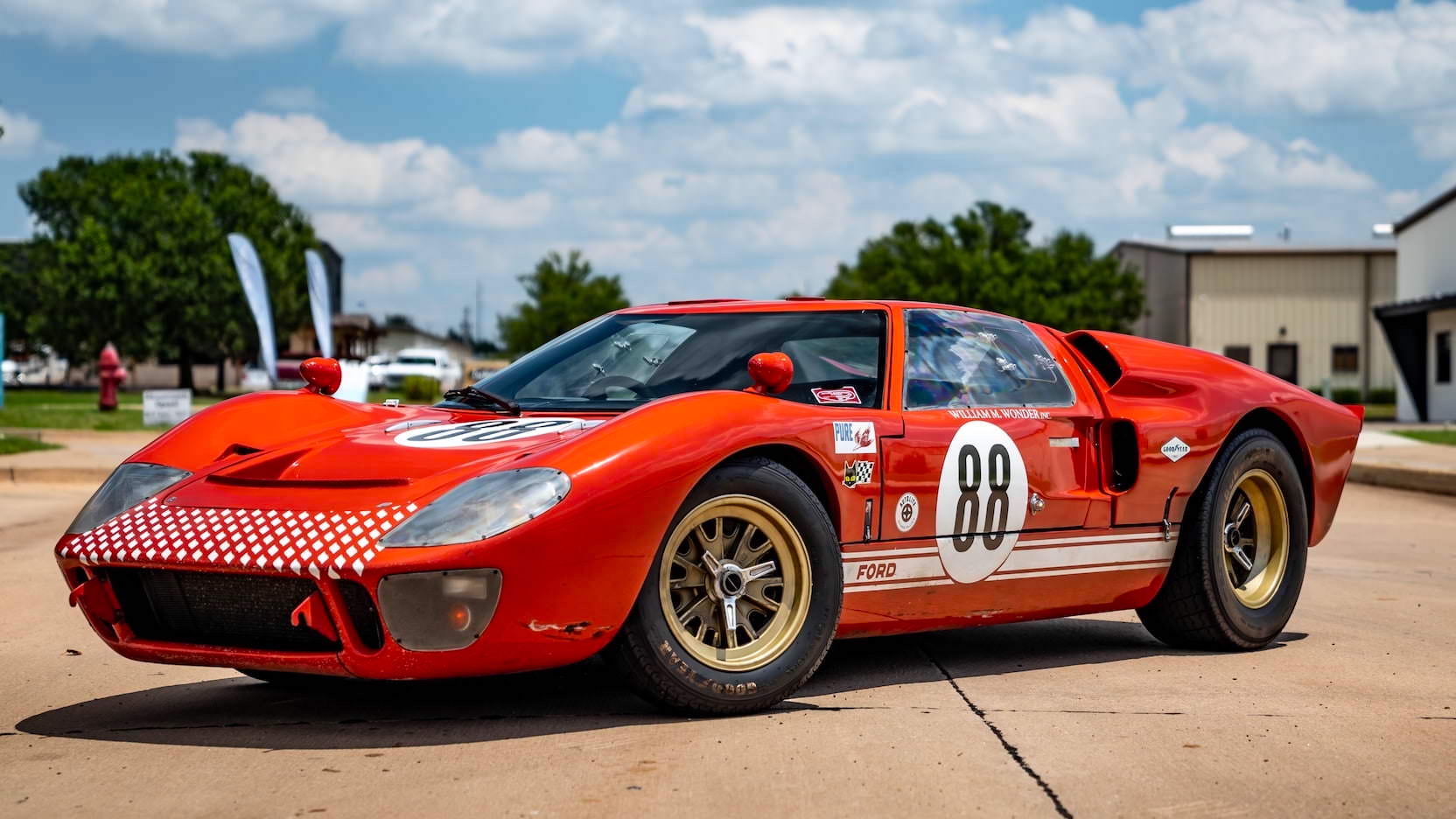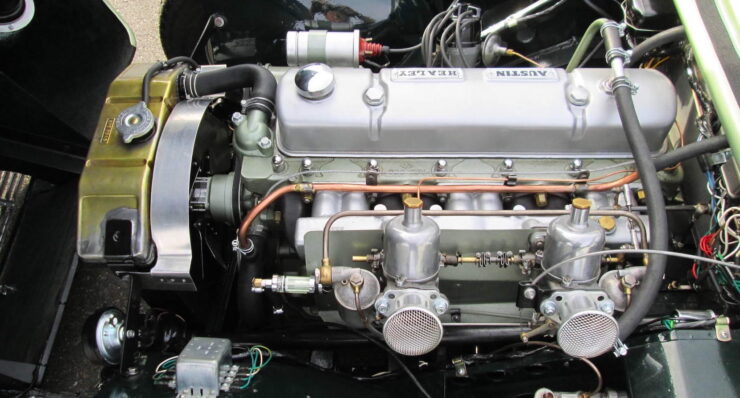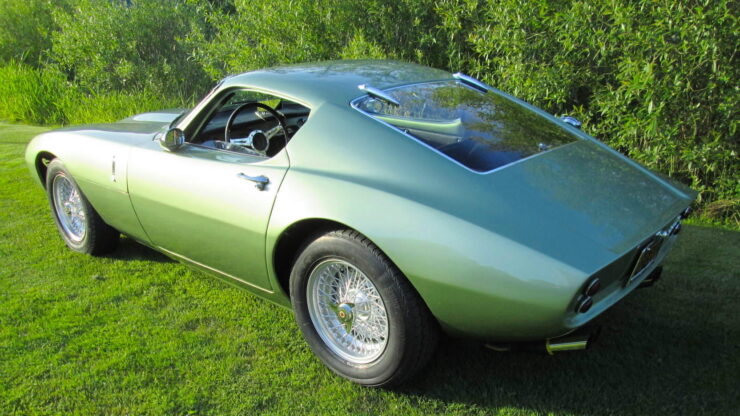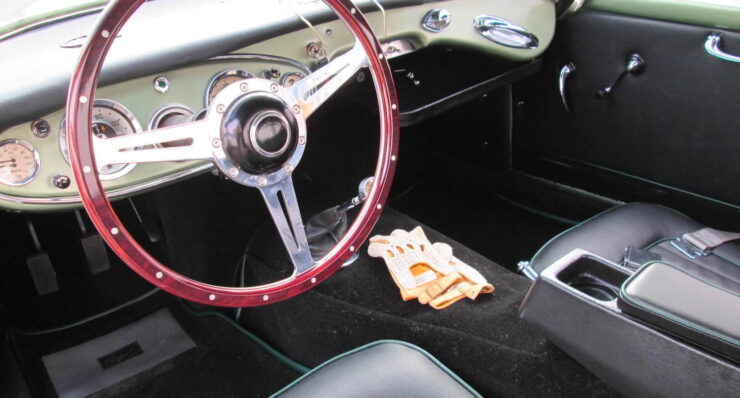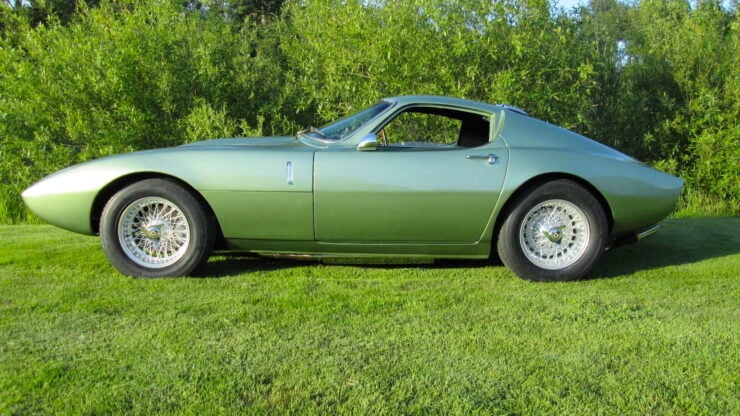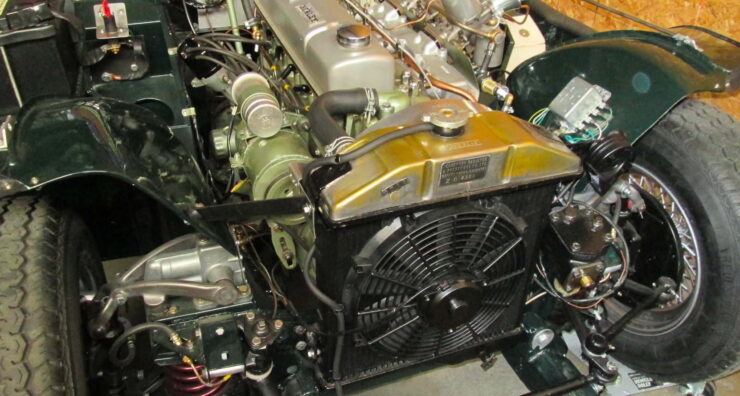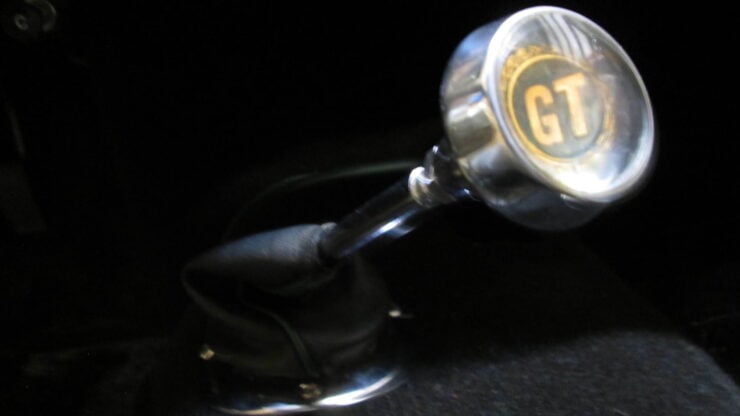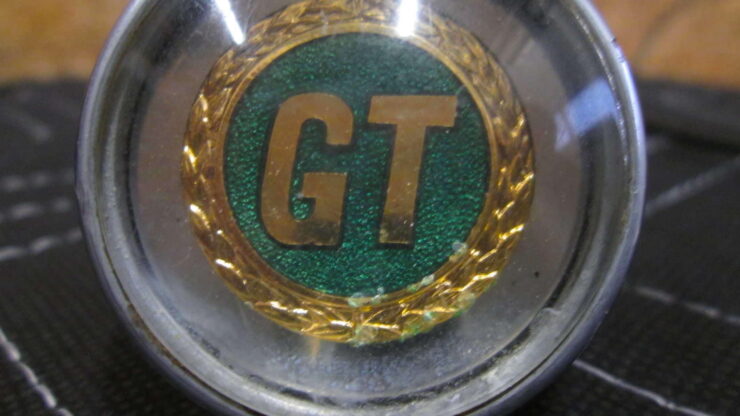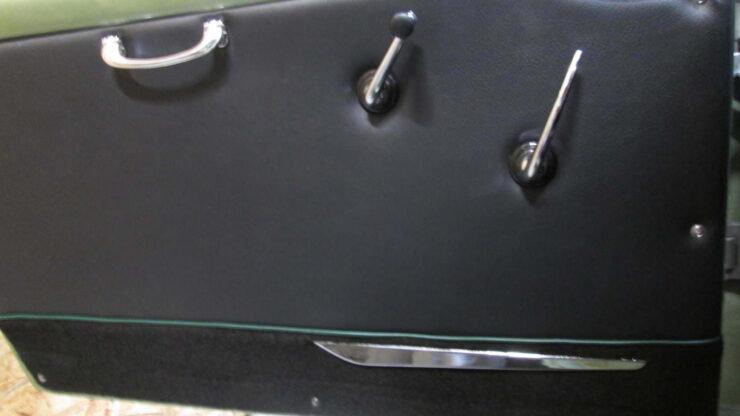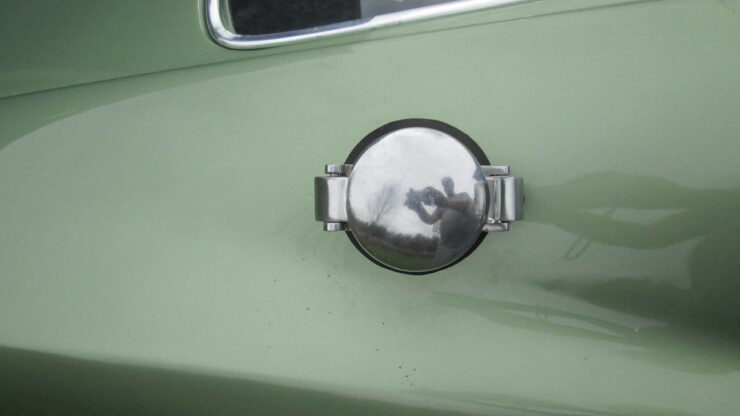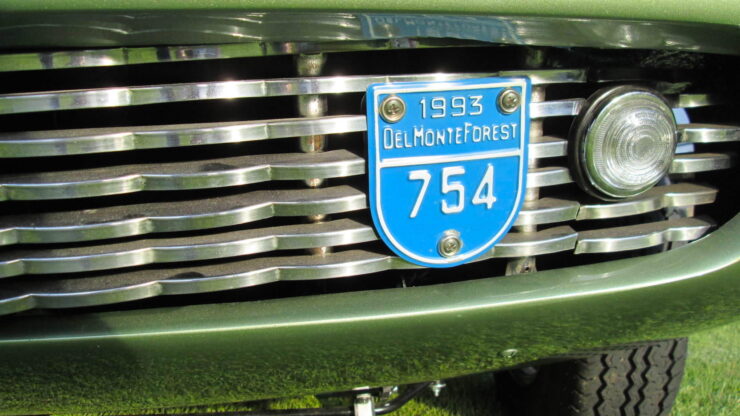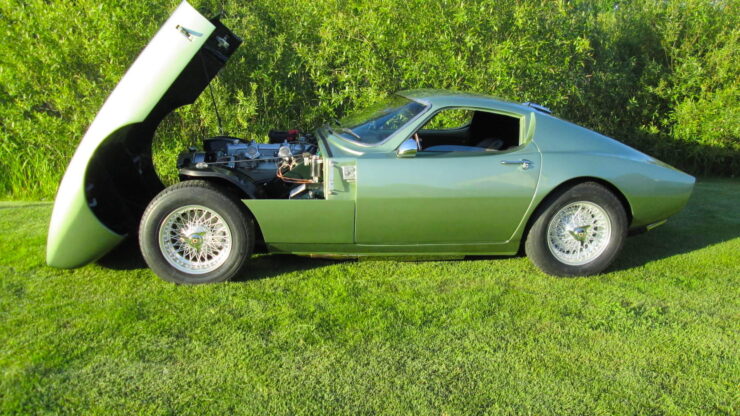The Dodge Firearrow II was one of four influential concept cars built by Italian coachbuilders Ghia under the direction of Virgil Exner, one of the most celebrated (and most copied) American car designers of the mid-20th century.
Unlike the earlier Dodge Firearrow I which was a static model for display only, the Dodge Firearrow II was a fully functioning and drivable car built as a potential precursor to a production run.
Sadly the production run would never get the green light, leaving the Firearrow I, II, III, and IV, as the only examples of what might have been.
Fast Facts – The Dodge Firearrow II
- The Dodge Firearrow II was built in 1954, it has a body made by hand in Italy by the craftsmen at Ghia, and it rides on a 119 inch Dodge wheelbase.
- Power is provided by a 241 cubic inch, 150 hp “Red Ram” Hemi V8, and power is sent to the rear wheels via a Gyro-Torque 4-speed automatic transmission.
- The styling of the Firearrow concept cars was revolutionary for the time, and some styling elements would make it into production cars, however the Firearrows themselves never made it to production.
Virgil Exner And The Forward Look
The Firearrow program was run by automotive styling icon Virgil Exner, who is perhaps best known for the “Forward Look” design program he launched in 1955.
Above Image: The styling of all four Firearrow cars would have a notable influence on other car designs from the manufacturer throughout the 1950s.
His designs included the use of tail fins, which he wind tunnel tested at the University of Michigan, he also preferred lower rooflines and he created sleeker, more modern “slab side” designs that helped set the Jet Age styling trend in motion.
Exner’s early life had been dominated by his fascination with both art and automobiles, two passions that would guide the course of his entire life. As a young man he was hired by General Motors styling legend Harley Earl and before he turned 30 he was already in charge of Pontiac styling.
Just before the onset of World War II Exner joined Raymond Loewy’s industrial design firm, Loewy and Associates, where he would spend much of the war designing both military vehicles and cars for eventual post-war production.
Exner Moves To Chrysler
In 1944 he joined Studebaker where he penned the 1947 Studebaker Starlight coupe, then in 1949 he would make what was almost certainly the most important change of his career, when he started working at Chrysler’s Advanced Styling Group.
Above Image: The sleek, minimalist interior is capped by that eye-catching frameless windscreen.
It would be at Chrysler, working alongside the likes of Cliff Voss, Maury Baldwin, and with Luigi “Gigi” Segre of Ghia, that Exner would make his biggest impact. It would be during this time that the four Dodge Firearrow concept cars would be released, from 1953 to 1954, before the famed Forward Look program kicked off in 1955, heavily influenced by the Firearrow vehicles.
In 1957 Exner and his team were given the prestigious Gold Medal Award by the Industrial Designers Institute (IDI), thanks largely to their Forward Look cars including the Chrysler 300 series and the 1955 Imperial series.
The Dodge Firearrow Concept Cars
The release of the four Firearrows in 1953 and 1954 signalled a new design direction for the company, and today the cars are each celebrities in their own right. The first of the cars, the Firearrow I, was a rolling display model that wowed crowds but was unable to be driven.
This all changed in 1954 with the Firearrow II, it was clearly influenced by the design of the earlier car but unlike its forebear it was 100% drivable and roadworthy, with a 241 cubic inch, 150 hp “Red Ram” Hemi V8 giving it plenty of power by the standards of the era.
Above Image: The car is powered by a 150 hp “Red Ram” Hemi V8.
The styling of the second car in the series would be closely based on its predecessor, the main differences were the change to two headlights rather than four, it had round taillights, chrome wire wheels, a new “toothed” grille, and trim that stopped at the sides, instead of wrapping around the front and rear of the car.
The “slab sides” of the car would become a feature on many new production cars, people have marveled over the frameless windscreen, the sleek rear fins, and the integrated quad exhaust tips for decades since the car’s introduction.
The Firearrow II would be followed by the Firearrow III, a hardtop couple, the and Firearrow IV which was described as being a production ready car – a good indication of just how close it came to car dealer floors.
The Firearrow II was restored to original condition in the 1990s when it was part of the concept car collection of Joe Bortz.
The car is now due to be offered for sale by RM Sotheby’s on the 13th of August with a price estimate of $900,000 – $1,200,000 USD. If you’d like to read more about it or register to bid you can click here to visit the listing.
Images: Patrick Ernzen ©2021 Courtesy of RM Sotheby’s
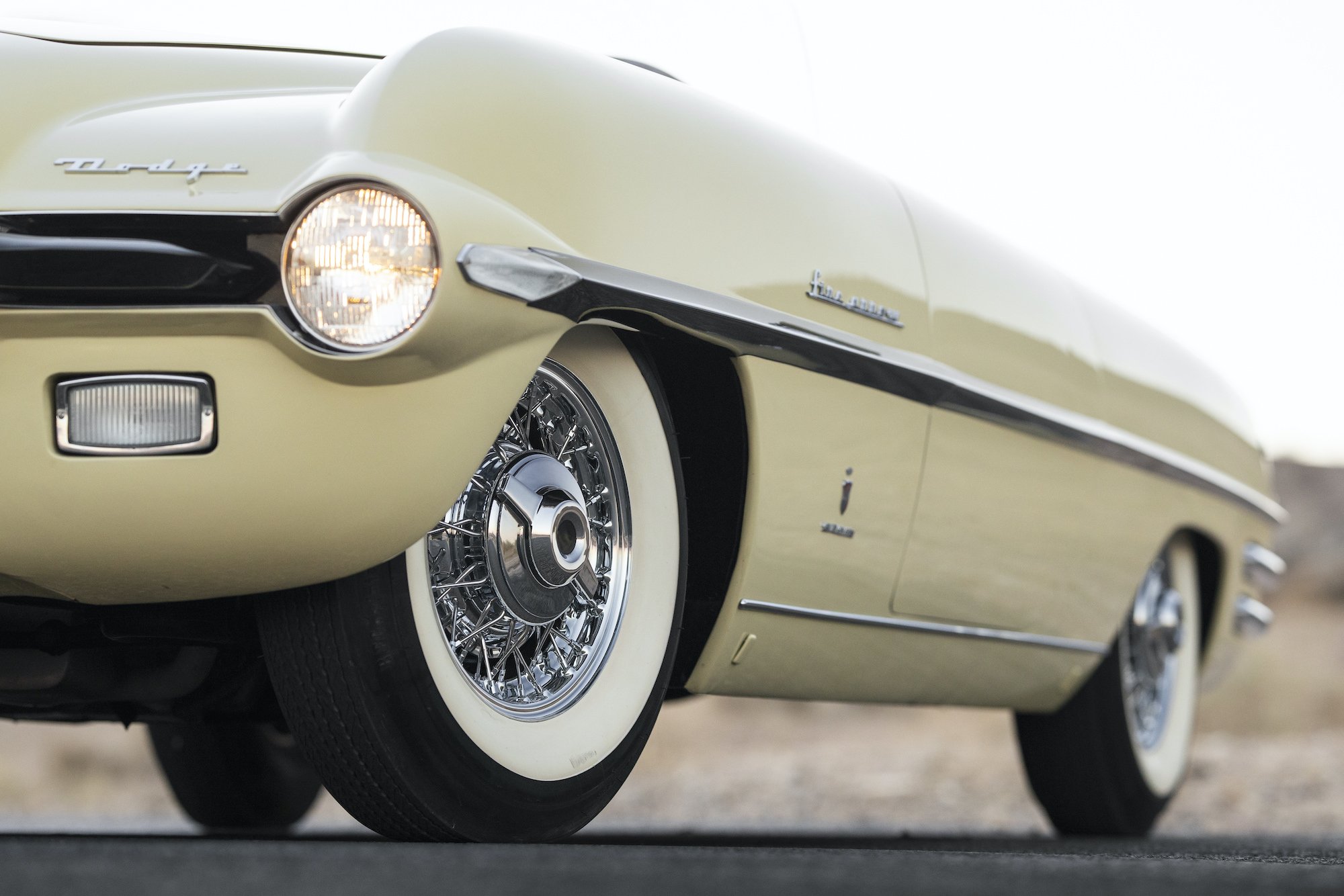
The post The Dodge Firearrow II: A Highly-Influential 1950s Concept Car appeared first on Silodrome.
from Silodrome https://silodrome.com/dodge-firearrow-ii/
via gqrds
